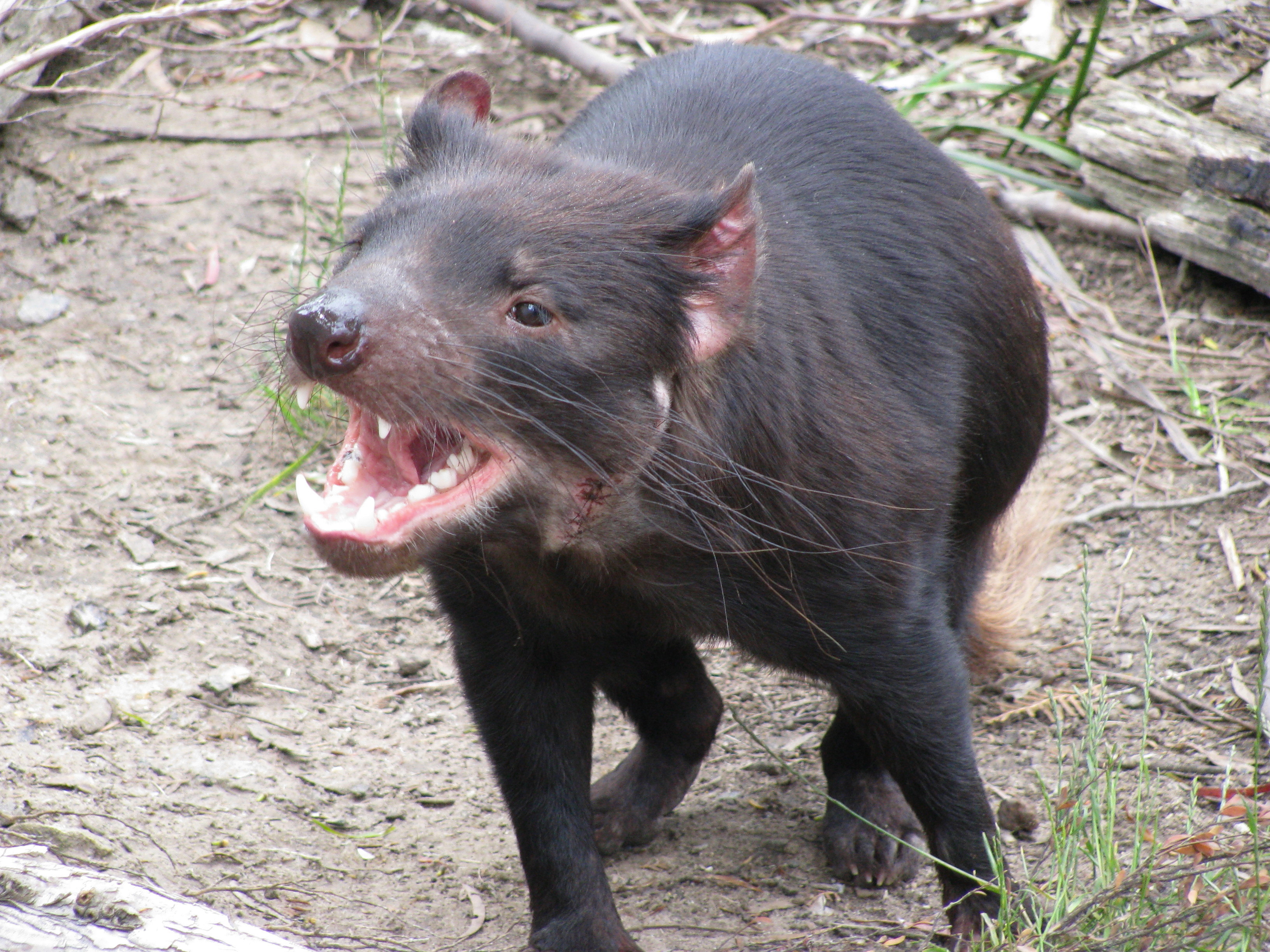Why you cannot ignore disease when you reintroduce animals. In: Reintroduction of Fish and Wildlife Populations
Abstract/Summary
Book chapter: All wild animal populations harbor a range of parasitic organisms, ranging from viruses and bacteria to multicellular parasites such as helminths and arthropods. While some of these are mutualists and some are commensal, others cause infectious disease in at least some members of the population and some may have substantial population-level impacts. The reintroduction of animals requires an immense amount of effort, and considering known and potential diseases is crucial to all phases of a well-formulated reintroduction plan (site and donor selection, implementation and monitoring). While disease has been recognized as a potential factor in reintroductions for decades (e.g. Griffith et al. 1993), heightened conservation concerns and increasing numbers of emerging pathogens bring a consideration of disease to the forefront of many projects.
Publication details
| Published Date: | 2016-09 |
| Outlet/Publisher: | Univeristy of California Press |
| Media Format: |
ARMI Organizational Units:
Rocky Mountains, Southern - BiologyTopics:
DiseaseManagement
Place Names:
ColoradoKeywords:
Chytridiomycosismanagement
methods
pathogen

